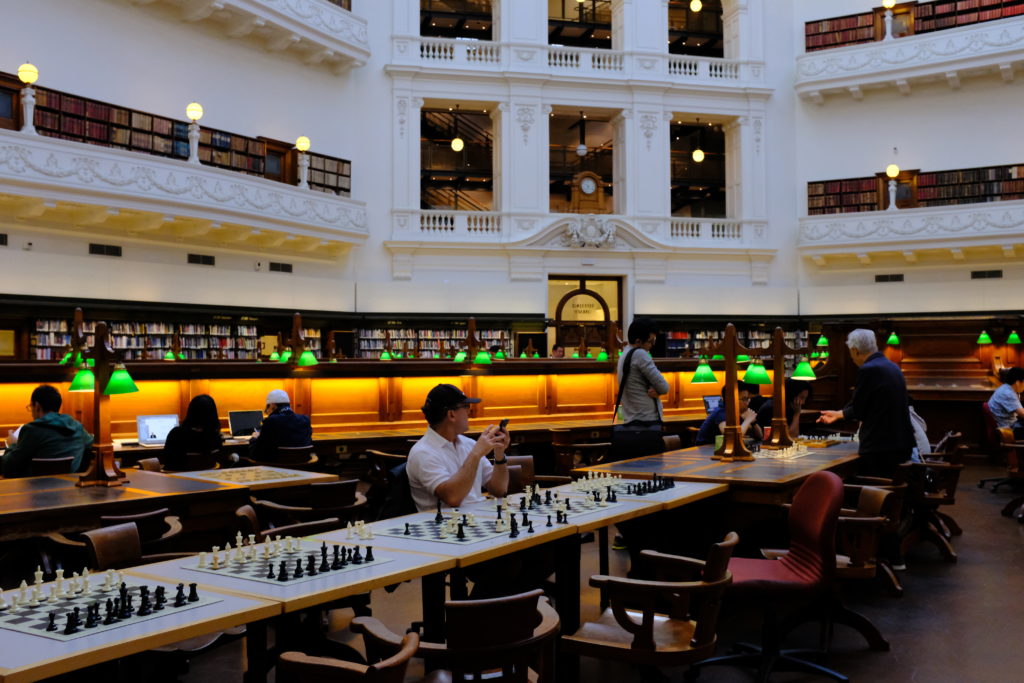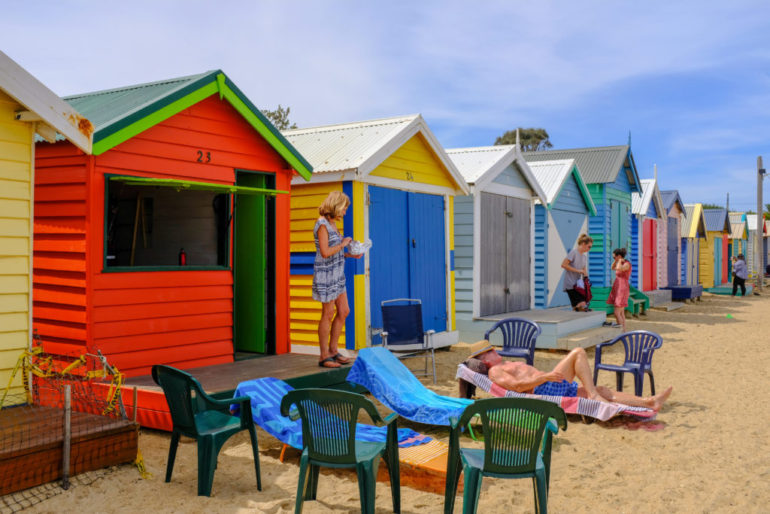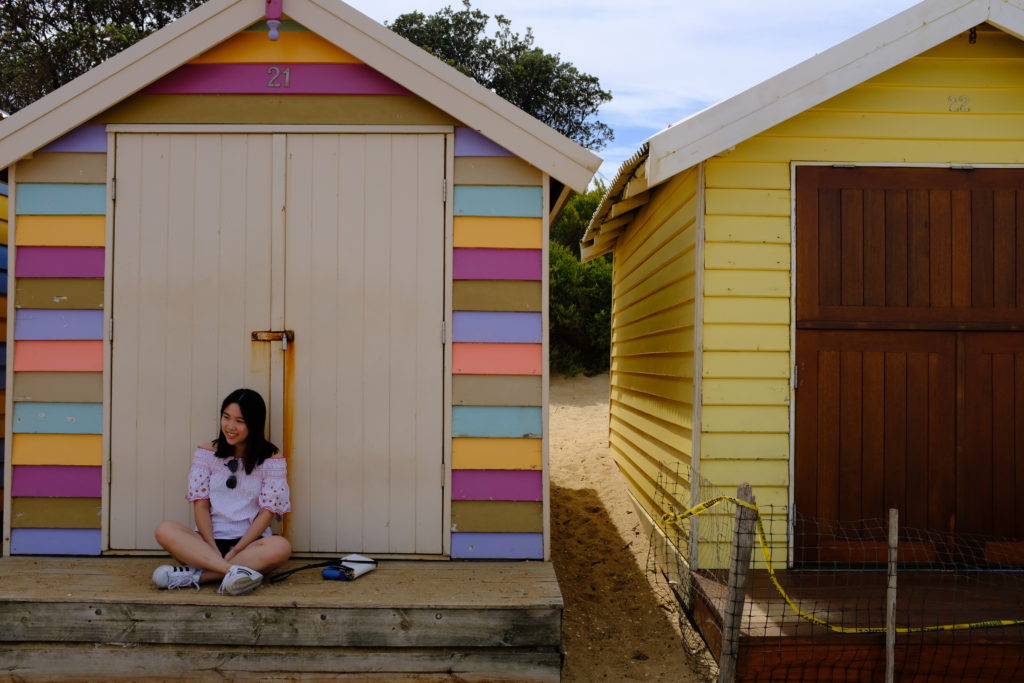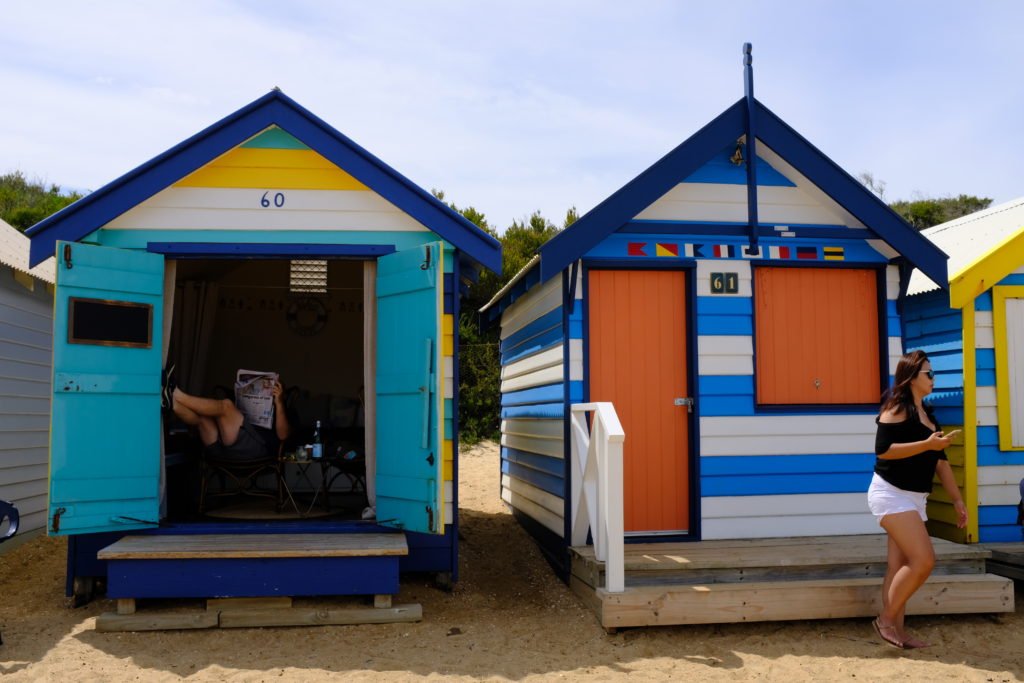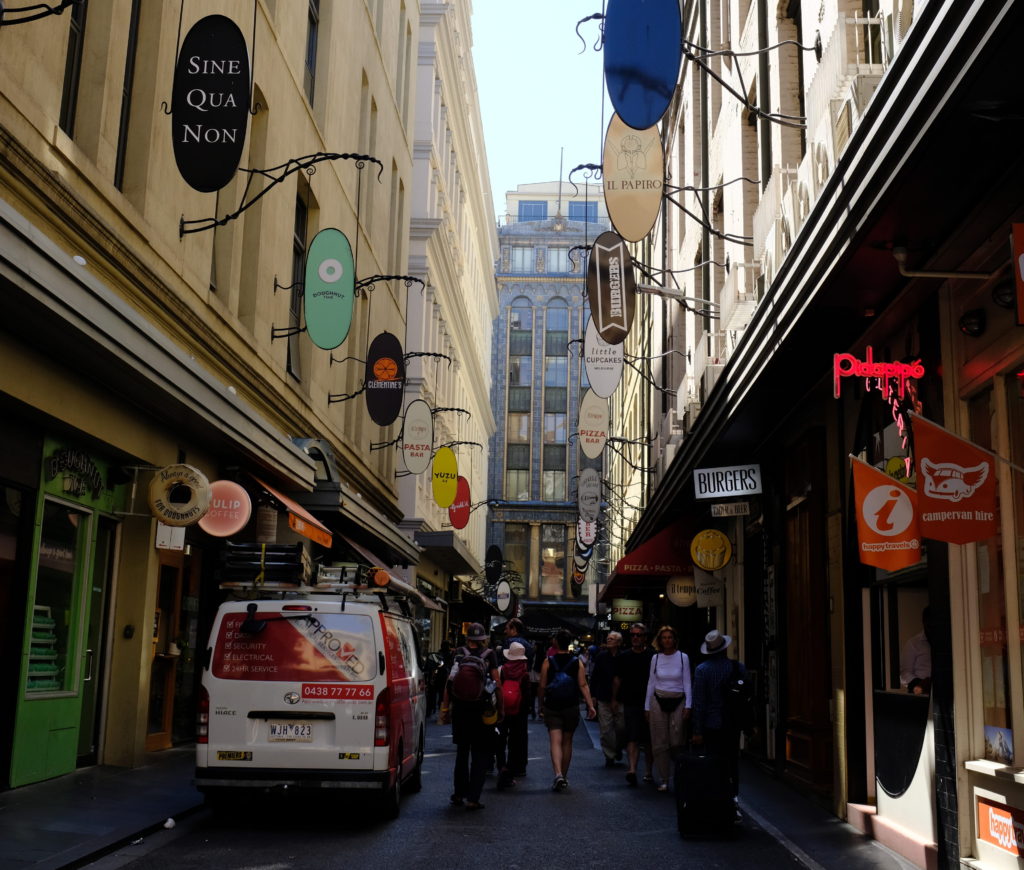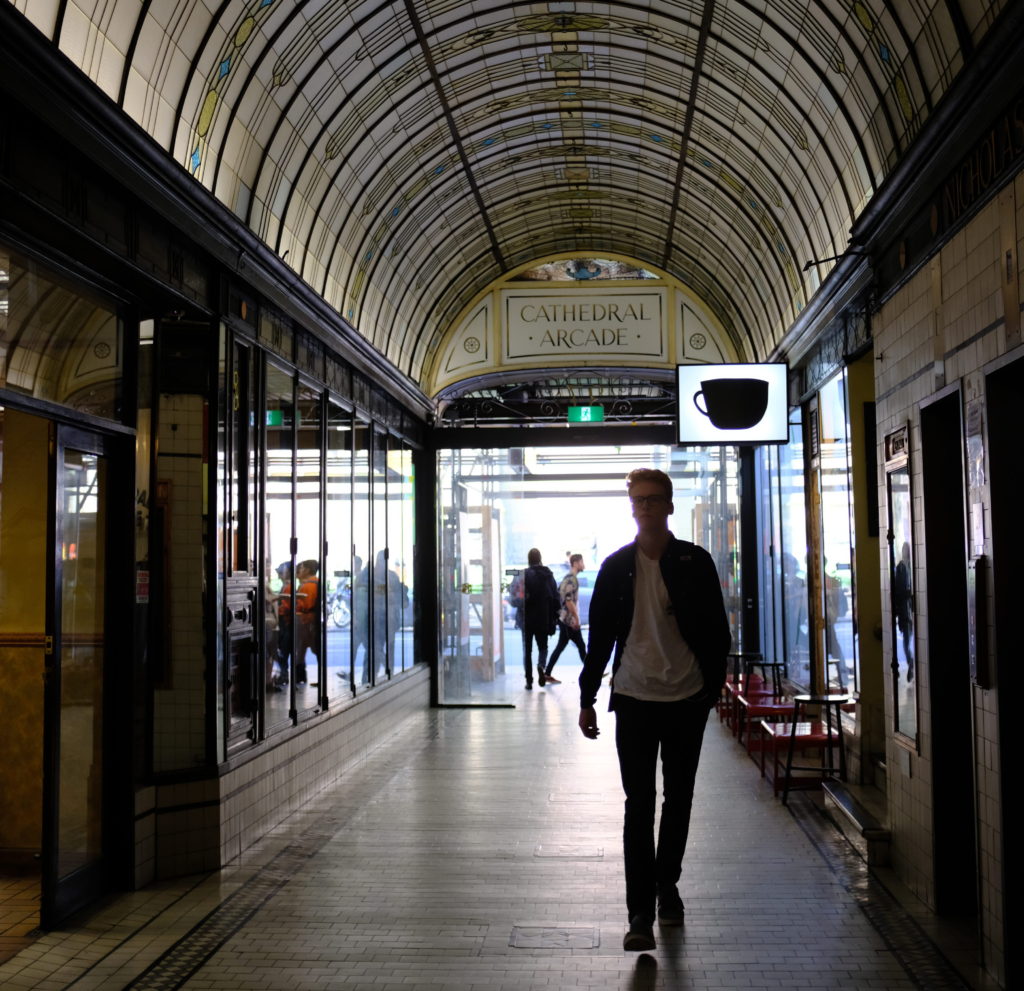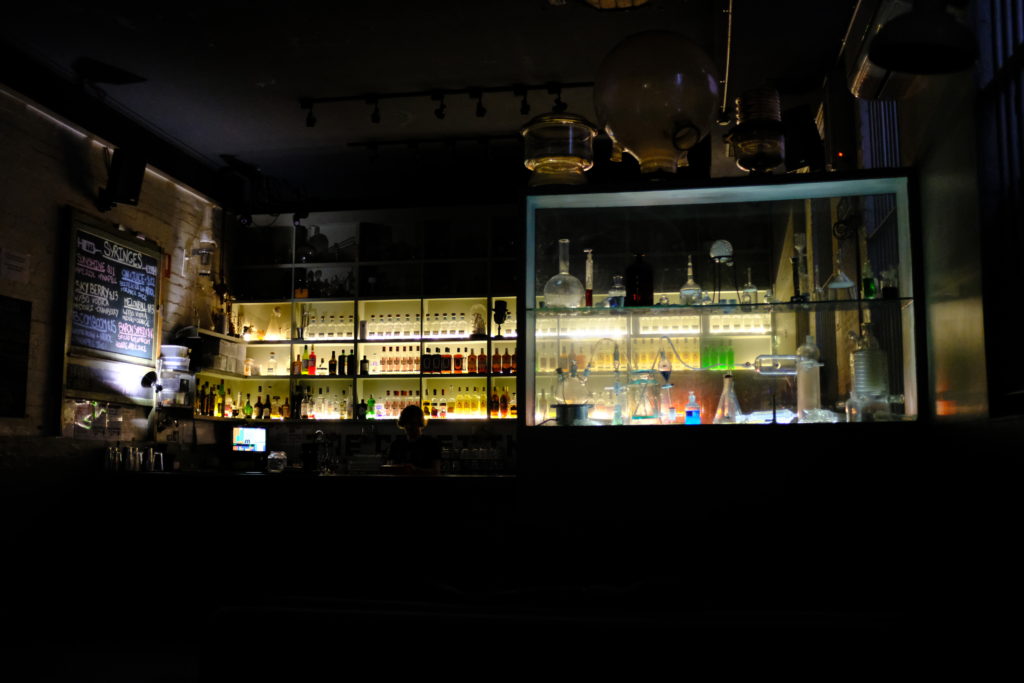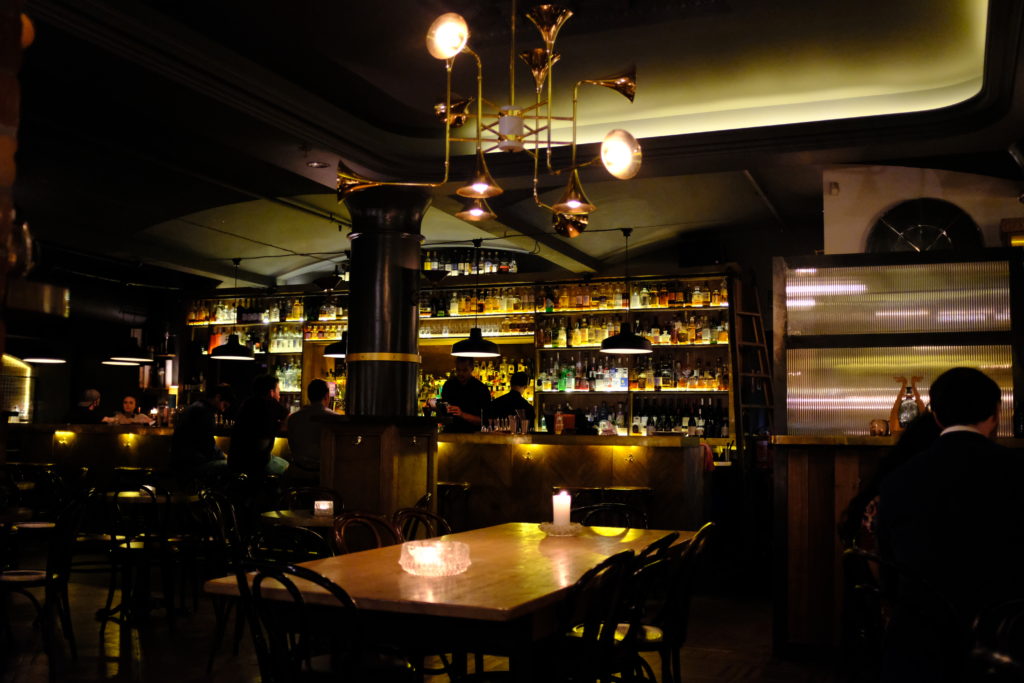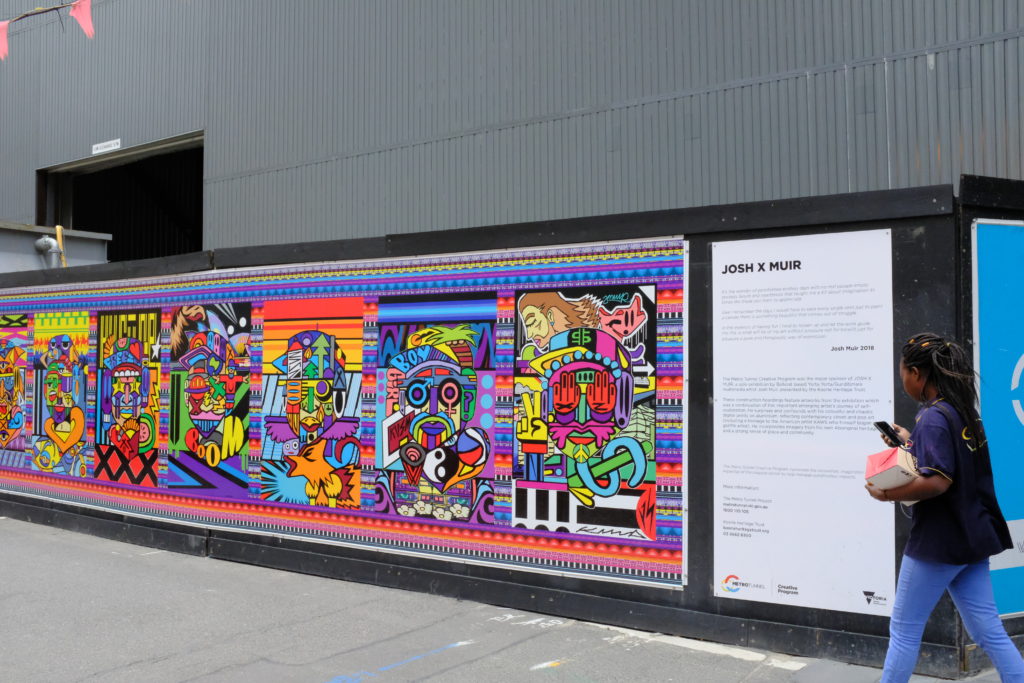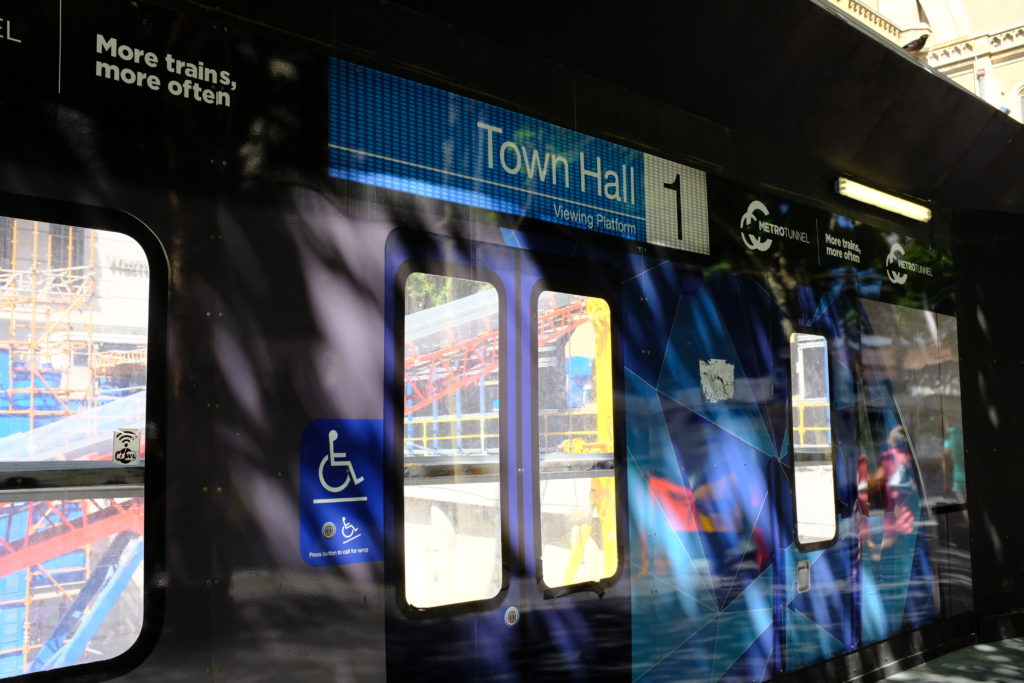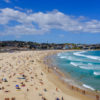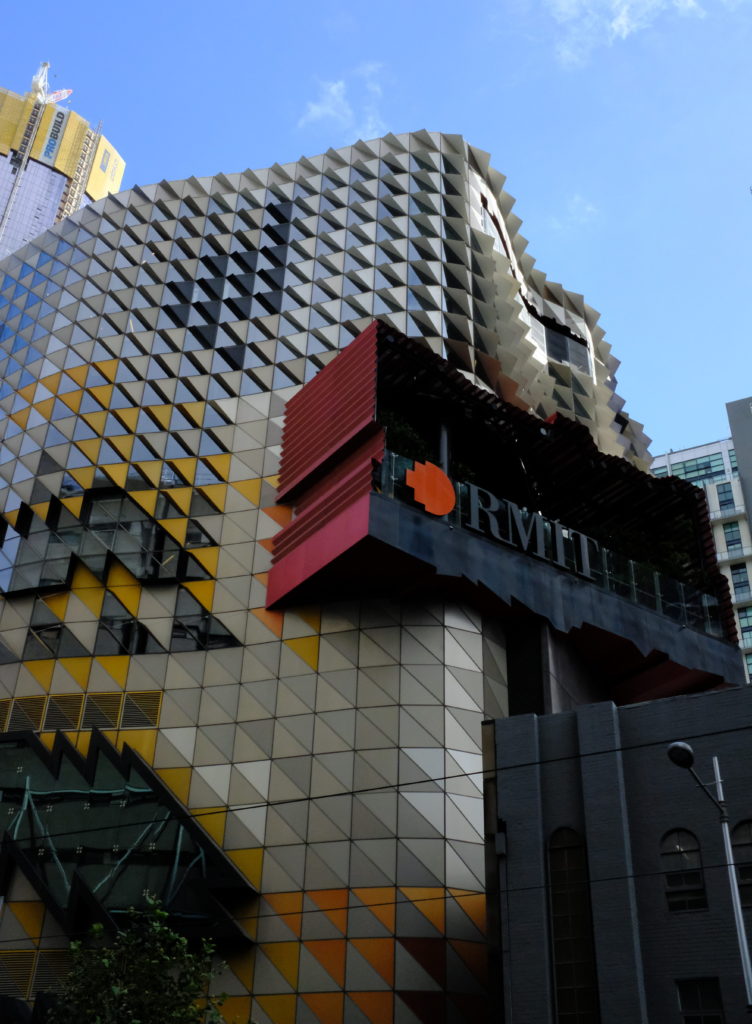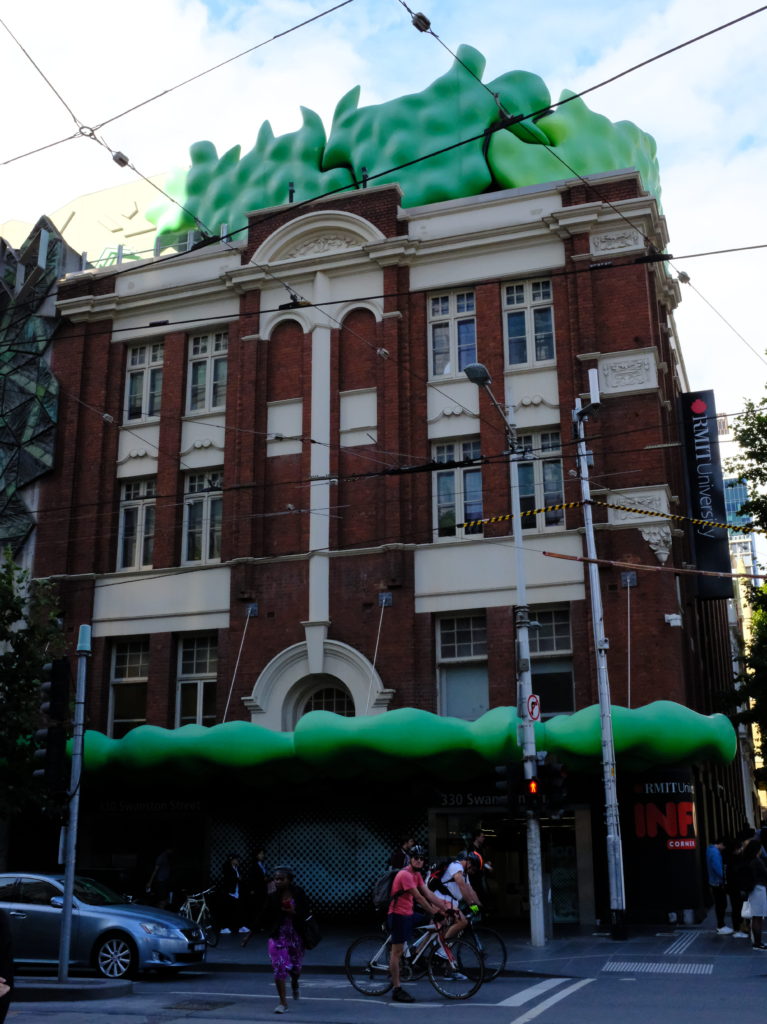A look at what makes Melbourne’s public spaces, local businesses, and communities great.
Tiny beach houses as canvases
Colorful bathing boxes line Brighton Beach. They’re interesting because they’re so different – they all have their own colors, designs, and moods. There are rainbows, murals, art references.
Because they’re individually owned, people have the opportunity to make their own bathing box reflect their personalities. It’s like a celebration of individuality.
Laneways, arcades, and hidden spaces
Melbourne has so many laneways and arcades. The incredible alleys and walkways between streets lead to all sorts of surprises.
They are perfect for wandering, and stumbling across the city’s street art and hidden spaces. There’s something exciting about delving into the in-between.
Construction as an opportunity for art
Big cities always have construction going on. Typically, it doesn’t look too appealing: metal fences, orange and white barriers. But the usual walls at construction sites provide a lot of empty space to put something on.
When art pieces are posted at construction sites, local artists can show their work, and pedestrians get exposure to art.
Another interesting example I saw was a panel designed to look like a train, where you could peer through the windows to see the huge construction project taking place below.
Street name signs that explain their history
Many streets were named so long ago that we have no idea how they came to be. As someone who has been curious about the origins of street names before, it was interesting to see nuggets of history included in some signs in Melbourne.
It reminded me of the Ms. Representation Project in San Francisco – but a step further, because the city embedded information into the street signs themselves.
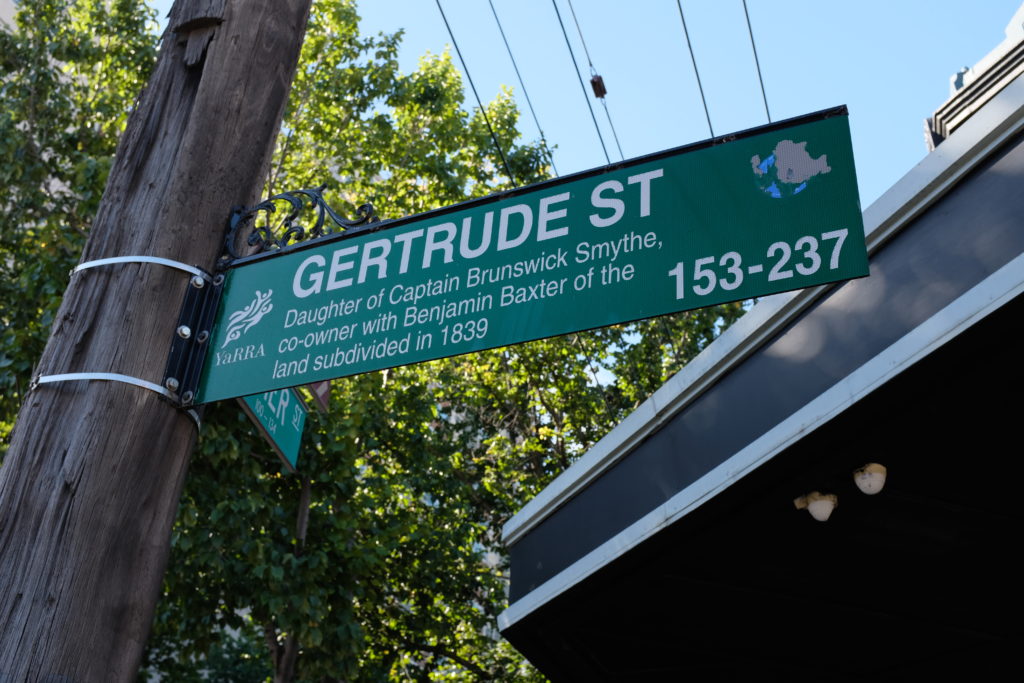
A free tram zone
Melbourne has a Free Tram Zone that encompasses much of the city’s central business district (CBD), or downtown area. You have to touch on and off if you travel outside of the Free Tram Zone, but within it you don’t have to worry about it.
It’s really great for tourists, who need to get around from place to place to see the main attractions, but I’d imagine it’s also helpful for residents who want to spend a Saturday in the CBD or those who work there and want to grab lunch a few blocks over.
It seems like a great way to encourage people to spend time in the city, but also to move around from one part of it to another.
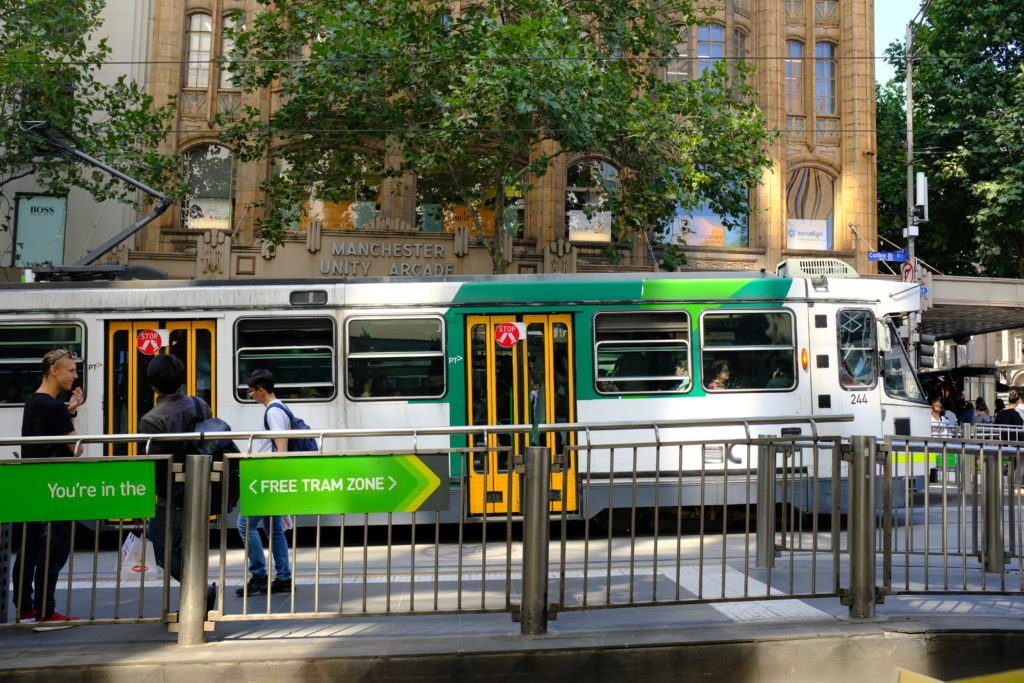
Modern street intersections
Because people are oftentimes looking down at their phones while walking, street intersections can be high-risk areas. A friend told us about a trial for tactile paving that lit up depending on the traffic light.
We didn’t see an active one when we were there, but impressed that Melbourne is willing to test out ideas like this. Great intersection of urban design and technology.
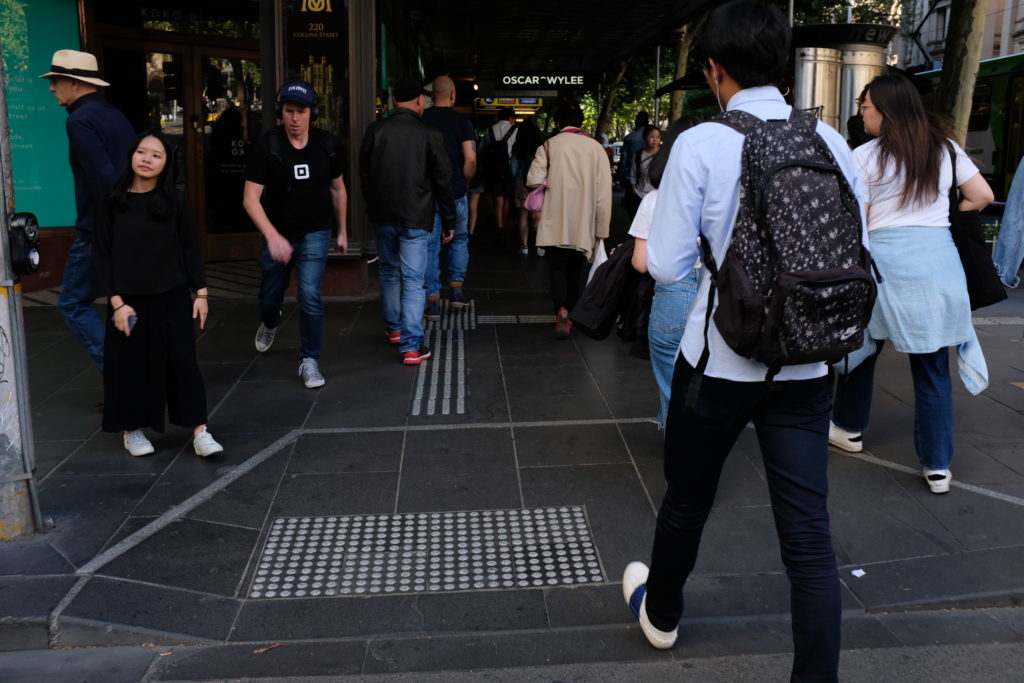
Funky buildings
Street art decorates many buildings in Melbourne. But the buildings can also be the art.
It’s fascinating to see the ways that creativity spills into the city’s architecture – buildings are generally designed to be functional or stylish, so it’s a bit refreshing to see some that are just fun.
A grand community library
You can usually expect big cities to have a good library, but I was especially impressed with State Library Victoria in Melbourne.
You can’t help but feel inspired in the six-story La Trobe Reading Room, yet at the same time, it’s not so overbearing where you feel hesitant to use the space.
When I visited, people were chatting, playing chess, and working. It felt grand while also inviting and open to all.
